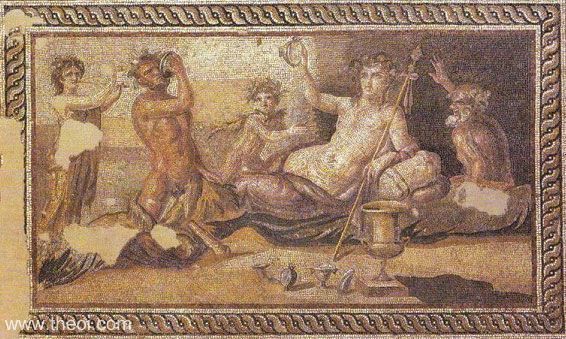
Tentatively titled An Only Occasionally Counterfactual History of Wine, the expected publication date is sometime after I submit it to a not-too-picky publisher. I’ll keep you in the loop.
Meanwhile, here are a few teases from Volume One: The Ancient World . . .
Chapter One: Origins. The origins of the wine vine are shrouded in mystery. About the only thing we know for certain is that the first wine vines originally sported a kind of shroud-like thing. Actually, this is mostly speculation. It’s all quite mysterious.
Chapter Three: Plato and All That. In ancient Greece, wine is consumed in the highly ritualized all-male, post-prandial wine-drinking party known as the symposion. This, by all accounts, was great fun as participants were expected to recite lengthy passages from the Iliad from memory while in a reclining position and deep in their cups. This was known as DUI, or ‘declaiming under the influence.’ Socrates is said to have been a past master of this and of something usually translated as ‘couch canoodling’ — a practice the exact nature of which experts are still trying to determine.
Chapter Four: Friends, Romans, Countrymen, Lend me Your Corkscrews!
As longtime water-drinkers and porridge eaters, superbly-fit, sandle-clad Romans defeat a heavily-favored Carthage team on penalty kicks in the Mediterrranean World Domination Cup finals of 146 B.C. Subsequently, the victors shuck their spring water and gruel diet in favor of one consisting of successive goblets of Chablis interspersed with visits to the raw bar. After this (some would say because of this), Rome begins to decline and fall, something which did not escape the gimlet eye of a chap named Gibbon, who got his own fat book out of it.
Chaper Five: The Gospel Truth, I Think. Later, in the remote, goat-ridden Roman province of Galilee, a carpenter’s son thought to harbor Messianic aspirations is seen turning ordinary H20 into unoaked, terroir-driven chardonnay with a wave of his hand. He begins by gigging at local weddings, performing after the vows but before the ritual singing of YMCA, to gain maximum effect. Winemakers who do things the old fashioned, time-consuming enology school way are naturally browned off by this behavior. Weary of their jibes, the charismatic young rabbi ceases turning water into a nice dry white with hints of passion fruit and lime rind, and instead starts walking on it. Which only raises more eybrows.
Pre-publication reviews by Kirkus and a few for-hire graduate students have praised An Only Occasionally Counterfactual History of Wine, as “A landmark in historical fabrication,” and “A long-overdue reappraisal of wine history we suspect is utter nonsense,” and “Perhaps the first book to hit the remainder table before it was ever printed.”
Thanks to all for these insightful reviews! Recycle bin, here we come.
Yours in counterfactualism,
— Stephen Meuse